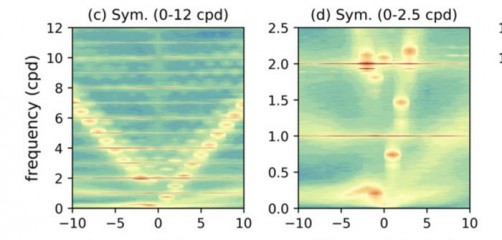Newswise — A cochlear signal, whose precise function has remained ambiguous since its identification approximately 70 years ago, likely provides the brain with information regarding the normal functioning of the ear. This deduction stems from a research conducted by Linköping University in Sweden. The study's outcomes serve as a vital component in unraveling the mechanisms underlying hearing impairment caused by detrimental noise, and could ultimately aid in the diagnosis of noise-induced hearing damage.
When subjected to high decibel levels, such as during a concert or in a noisy setting, temporary hearing loss can occur. Prolonged exposure to loud sounds can potentially lead to permanent hearing damage. Studies suggest that over one billion young individuals are vulnerable to hearing impairment due to listening to loud music through headphones or attending loud venues. However, despite noise-induced damage being a significant contributor to hearing loss, the precise mechanisms involved remain largely unknown. Pierre Hakizimana, a researcher at Linköping University, is part of the team striving to unravel the causes of such damage and explore potential preventive measures.
The cochlea, also known as the inner ear, contains approximately 15,000 hair cells. When exposed to sound waves, these hair cells convert the vibrations into electrical nerve signals. These signals are then transmitted to the brain, where they are interpreted, allowing us to perceive sound. The hair cell signal comprises two components: the AC (alternating current) and the DC (direct current). Extensive research has been conducted on the AC signal, which provides the brain with information about the loudness and frequency of the sound, including its pitch. However, the function of the DC signal has remained enigmatic. Since its discovery roughly 70 years ago, researchers have been intrigued by its purpose and significance.
During the measurement of electrical signals emitted by cochlear hair cells, the DC signal becomes apparent through its influence on the AC signal, causing a slight shift in either a positive or negative direction. Several studies have aimed to understand and define the characteristics of the DC signal, but they have yielded inconsistent conclusions regarding its polarity. However, in Pierre Hakizimana's recent study, it is demonstrated that the polarity of the DC signal switches from positive to negative after exposure to damaging noise. This implies that the DC signal can serve as an indicator of the overall health status of the ear.
Pierre Hakizimana, the principal research engineer at Linköping University's Department of Biomedical and Clinical Sciences, suggests that the observed signal could potentially serve as a means for the body to communicate with the brain, providing information about the overall health of the ear. This mechanism could aid the brain in decoding faint sounds more efficiently. By receiving notification that the ear is not functioning optimally, the brain can avoid expending resources on attempting to enhance the signal from an injured ear, thus optimizing its decoding of sound signals.
The potential implications of this discovery are promising, as it may lead to further investigations on utilizing the DC signal for diagnosing hearing loss resulting from detrimental noise exposure. This particular issue has remained unresolved due to a lack of understanding regarding the interpretation of the signal and the reliable isolation and measurement of it in humans. However, with the newfound knowledge about the DC signal's significance, researchers can now focus on developing methods to effectively utilize and analyze this signal, potentially paving the way for improved diagnostics of noise-induced hearing impairment.
In his research, Pierre Hakizimana also demonstrates that the DC signal emerges as a result of potassium ion channels discharging potassium ions across hair cell membranes.
-30-

